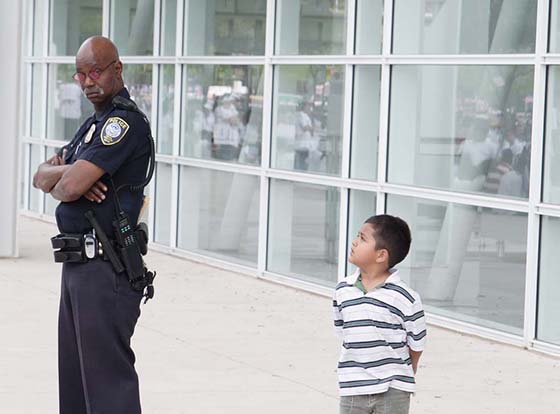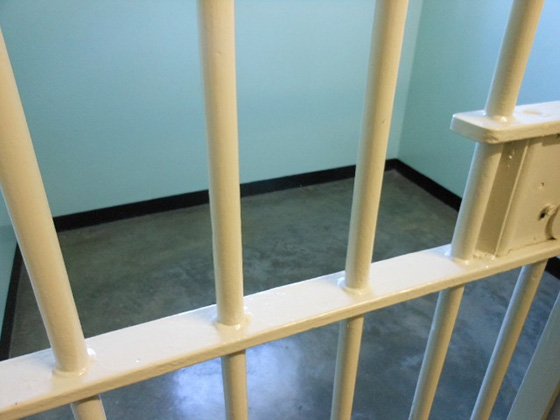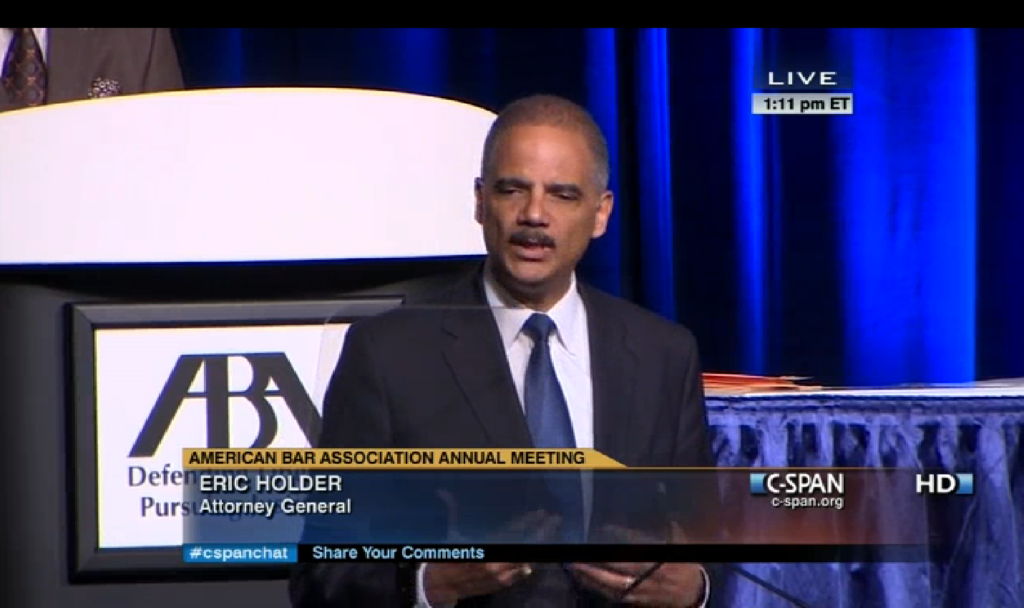October Is National Youth Justice Awareness Month
Facts You Should Know About Latino Youth and the Juvenile Justice System
President Obama has designated October 2015 as National Youth Justice Awareness month. In his proclamation, the president reminded the nation of our need to reevaluate the large-scale incarceration and treatment of juveniles by our criminal justice system.
The devastating impact of mass incarceration of young people of color—who are significantly overrepresented in the system, primarily for nonviolent crimes—is alarming, particularly given the huge demographic shift underway. As we heed the president’s call to rededicate ourselves to preventing youth from entering the juvenile and criminal justice systems, here are some facts you should know about Latino youth and the juvenile justice system:
Keep up with the latest from UnidosUS
Sign up for the weekly UnidosUS Action Network newsletter delivered every Thursday.
- Latinos under age 18 are the largest racial or ethnic minority group of children and also the fastest-growing. Close to one-quarter of children and youth in the U.S. is Hispanic, a proportion that will increase to one-third by 2030. Overall, the current Hispanic population is at a historic 55 million, with Latinos making up a significant portion of the population in states such as New Mexico, Florida, New York, Texas, California, and Illinois.
- Latino youth are disproportionately impacted across the juvenile and criminal justice system and are more likely to be incarcerated than White youth, even for the same category of charges. Latino youth are 16% more likely than White youth to be adjudicated delinquent; 28% more likely than White youth to be detained; 41% more likely than White youth to have received an out-of-home placement; 43% more likely than White youth to have been waived to the adult system; and 40% more likely to have been admitted to adult prison.
- Because states are not required to collect ethnicity data, the actual numbers of Hispanic youth in contact with the juvenile justice system are severely underreported. The rate for White youth is inflated and skews comparison rates with minority youth, which results in the invisibility of Latino youth in the juvenile justice system.
- Latino youth who come in contact with the criminal justice system, even for minor offenses, face significant barriers to completing high school and obtaining stable employment; factors which have long-term lifetime economic and social implications.
The Juvenile Justice system is in urgent need of fixing. Congress has not reauthorized the Juvenile Justice and Delinquency Prevention Act (JJDPA) of 1974 since 2002. The law was intended to move young offenders out of adult prison and address racial disparities across the juvenile justice system. In 2012, there were still 95,000 youth locked up in adult jails and prisons, many of them subjected to abuse and solitary confinement for weeks and months at a time.
Meaningful reform of the juvenile justice system cannot happen without including the voices of youth, family, and community impacted by this broken system, and the input of community-based leaders, advocates, and service-providers who work daily with youth. Legislators, policymakers, advocates, and community members must work together and recommit to building a country where all young people can flourish.


